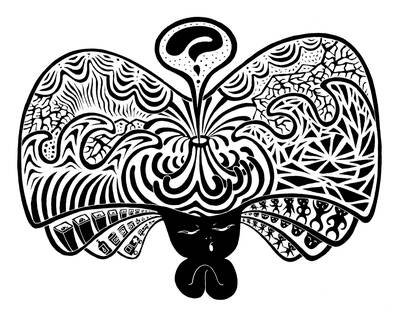The Chinese Petroleum Corp (CPC) is planning to change its name to the CPC, Taiwan ("MOEA launches state-run name change campaign," Feb. 3, page 1).
However, the new name seems to suggest that the company is a Taiwanese subsidiary of CPC in China. Therefore the stated purpose of the name change -- to avoid confusion -- is not served at all.
There is no need to keep the old acronym (CPC) either, because people will still refer to the company as the Chinese Petroleum Corp. Likewise, Kentucky Fried Chicken has been renamed KFC for years, but people still remember its old name.
To avoid further confusion, it would be advisable to change CPC to Taiwan Petroleum Corp (TPC). In the last few decades, the world's largest oil company has changed its name from Esso to Exxon and Exxon Mobil. The name change to Exxon even involved litigation. Changing CPC to TPC would be much easier and less costly.
The proposed new name for China Shipbuilding Corp (CSBC) is Taiwan Shipbuilding Corp, but it was reported that the old acronym, CSBC, will be kept. If so, this will simply mean more confusion, implying that China is Taiwan and vice versa. Let's keep it simple and use TSBC as the acronym for the new name.
Similarly, China Airlines should be rechristened Taiwan Airlines. China Steel should be changed to Taiwan Steel and the nation's Olympic team should change its awkward "Chinese Taipei" title to "Taiwan."
If Taiwan wants official independence, it can declare independence from the Republic of China and change its name to Republic of Taiwan. This name change will unify the national identity. The Chinese Nationalist Party (KMT) should also consider changing its name to the Taiwanese Nationalist Party or the Nationalist Party if it does not want to be considered a foreign political party.
Charles Hong
Columbus, Ohio

Labubu, an elf-like plush toy with pointy ears and nine serrated teeth, has become a global sensation, worn by celebrities including Rihanna and Dua Lipa. These dolls are sold out in stores from Singapore to London; a human-sized version recently fetched a whopping US$150,000 at an auction in Beijing. With all the social media buzz, it is worth asking if we are witnessing the rise of a new-age collectible, or whether Labubu is a mere fad destined to fade. Investors certainly want to know. Pop Mart International Group Ltd, the Chinese manufacturer behind this trendy toy, has rallied 178 percent
My youngest son attends a university in Taipei. Throughout the past two years, whenever I have brought him his luggage or picked him up for the end of a semester or the start of a break, I have stayed at a hotel near his campus. In doing so, I have noticed a strange phenomenon: The hotel’s TV contained an unusual number of Chinese channels, filled with accents that would make a person feel as if they are in China. It is quite exhausting. A few days ago, while staying in the hotel, I found that of the 50 available TV channels,
There is no such thing as a “silicon shield.” This trope has gained traction in the world of Taiwanese news, likely with the best intentions. Anything that breaks the China-controlled narrative that Taiwan is doomed to be conquered is welcome, but after observing its rise in recent months, I now believe that the “silicon shield” is a myth — one that is ultimately working against Taiwan. The basic silicon shield idea is that the world, particularly the US, would rush to defend Taiwan against a Chinese invasion because they do not want Beijing to seize the nation’s vital and unique chip industry. However,

Life as we know it will probably not come to an end in Japan this weekend, but what if it does? That is the question consuming a disaster-prone country ahead of a widely spread prediction of disaster that one comic book suggests would occur tomorrow. The Future I Saw, a manga by Ryo Tatsuki about her purported ability to see the future in dreams, was first published in 1999. It would have faded into obscurity, but for the mention of a tsunami and the cover that read “Major disaster in March 2011.” Years later, when the most powerful earthquake ever